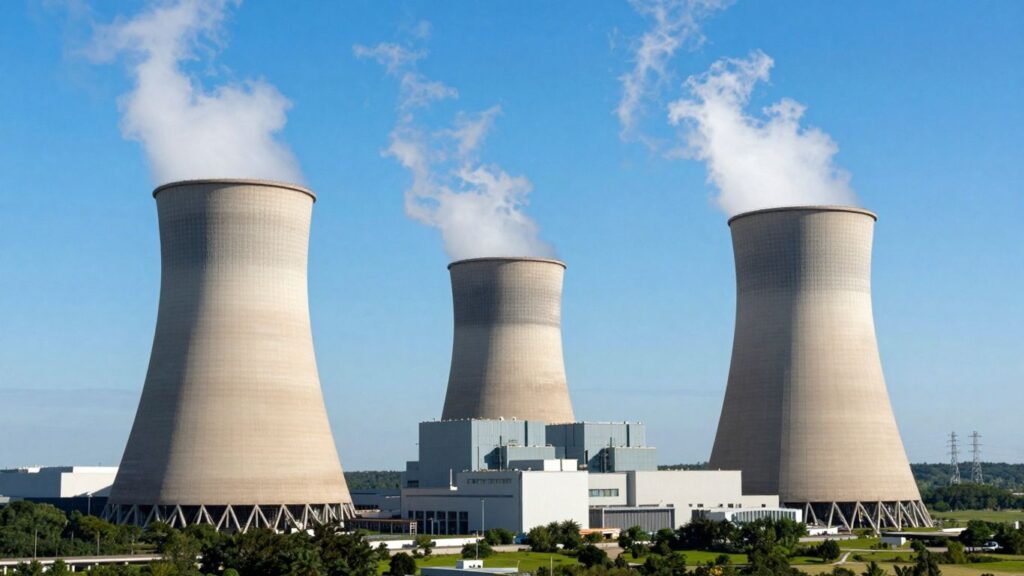Eastern Washington is poised to become a pioneer in clean energy as it has been selected as the site for a new Small Modular Nuclear Reactor (SMR) project, with operations anticipated by 2030. This groundbreaking initiative aims to provide a reliable and carbon-free energy source for the region, marking a significant step forward in the nation’s pursuit of advanced nuclear technology.
The selection of Eastern Washington for this cutting-edge project highlights the area’s potential for innovation and its commitment to a sustainable energy future. The development is expected to bring substantial economic benefits and create numerous jobs throughout the construction and operational phases.
Key Takeaways
- Eastern Washington chosen for a new Small Modular Nuclear Reactor (SMR).
- Project aims for operational status by 2030.
- Focus on providing clean, reliable energy.
- Expected to boost the regional economy and create jobs.
A Leap Forward in Nuclear Technology
Small Modular Reactors represent a significant advancement in nuclear power generation. Unlike traditional large-scale reactors, SMRs are factory-built and can be transported to a site for assembly. This modular approach offers several advantages, including reduced construction times, lower upfront costs, and enhanced safety features. The technology is designed to be more flexible and scalable, allowing for deployment in a wider range of locations.
Economic and Environmental Impact
The introduction of an SMR in Eastern Washington is anticipated to have a profound positive impact on the local economy. Beyond the creation of high-skilled jobs during the construction phase, the operational reactor will provide long-term employment opportunities. Furthermore, the project aligns with broader environmental goals by offering a consistent source of carbon-free electricity, which can help reduce reliance on fossil fuels and contribute to cleaner air.
Future Outlook
This development positions Eastern Washington at the forefront of nuclear energy innovation. As the project progresses towards its 2030 target, it will serve as a model for other regions looking to adopt advanced nuclear technologies. The successful implementation of this SMR could pave the way for wider deployment across the United States, accelerating the transition to a low-carbon energy grid.












